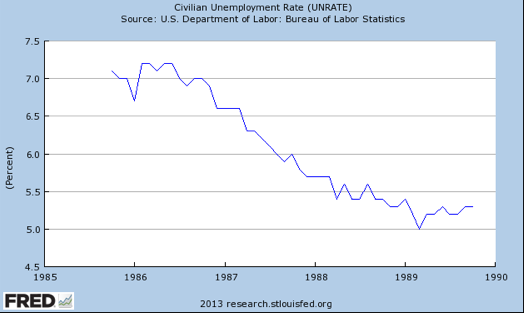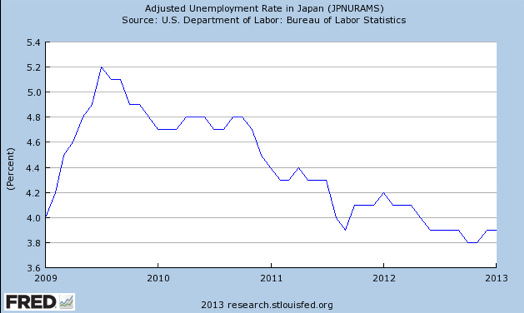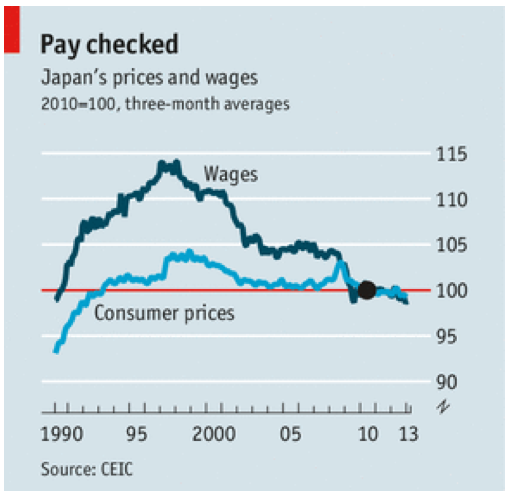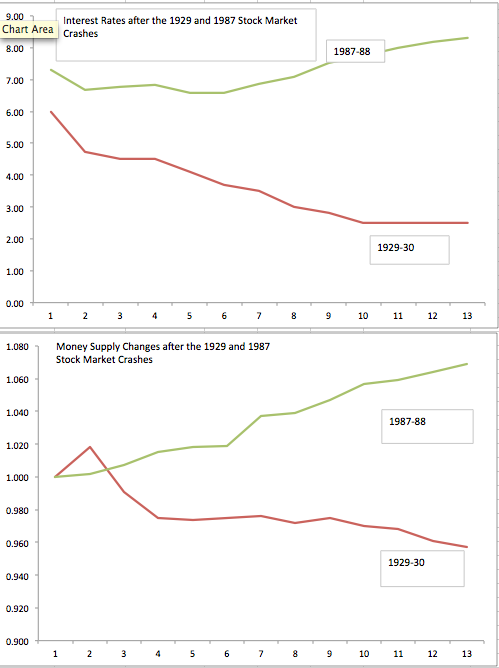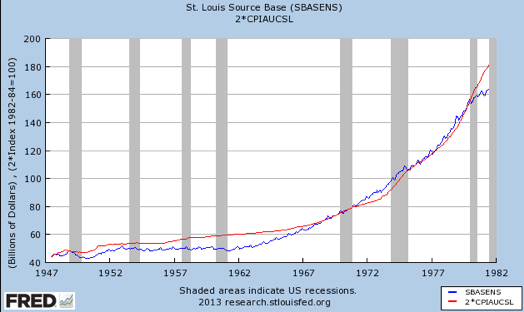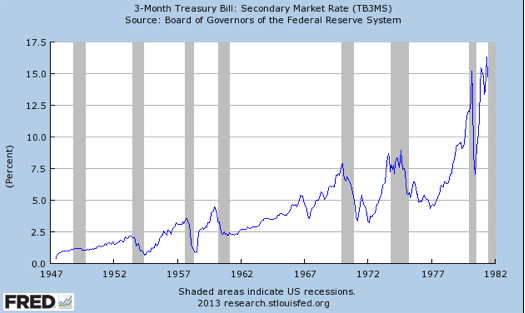Spending 60 Minutes in China
[I wrote this a few days ago, but figure I better post it now, as Michael Darda just sent me a similar story.]
I don’t watch much TV, but ran across a couple episodes of “60 Minutes” on the internet. The interview of Zhang Xin by Leslie Stahl was quite interesting. She and her husband have developed some architecturally interesting projects in Beijing. (I recently visited a couple of them.)
I was less impressed by their story on the Chinese ghost towns. The Binhai financial district (Yujiagu) was described as “all but abandoned.” Does that mean not abandoned? Waiting for all the infrastructure scheduled to link it to downtown Tianjin in mid-2014? China has more than four times the US population, and Tianjin is expected to be the financial center of the north (just as Shanghai is the financial center of the east, Shenzhen in the south, and perhaps eventually Chongqing in the west.) Why shouldn’t China have 4 Wall Streets?
Shanghai’s Pudong district was viewed as a bubble in the early 2000s; now those predictions look laughable. Shanghai has built far more office space since then and still has a low vacancy rate. How about an apology from those predicting a Shanghai bubble back in 2001, or at least a little more humility in future predictions. Instead all we got was smug “analysis” about how naive the Chinese home-buyers are.
Their China “expert” (a westerner) said the average Chinese person makes $2/day–which is wildly out of date. He said the housing being built was much too fancy for the average person to afford. OK, but then what happens if prices crash to the point where the housing is affordable? Chinese incomes are doubling every 7 years, and hundreds of millions of people will eventually move from the countryside to the cities. Given that housing is quite durable and China will be much richer in the future, should China be building lots of housing suitable for poor people making $2/day, or housing suitable for the China of 2035? And don’t the Chinese make large down-payments? What is the risk to the Chinese banking system? My hunch is that banks face bigger losses from SOEs than home buyers.
They pointed to a “ghost town” development in Zhengzhou, which is capital of a province of 90 million people. I’d expect its current population (4 million in the urban area) to grow to 10 to 20 million in a few decades. How much longer will that development seem unneeded?
How about fully developed and non-communist (ethnically) Chinese cities like Hong Kong, Taipei, Singapore, sections of Vancouver. What do house prices look like in those locations?
I don’t have all the answers, and even I wonder why they are building the Binhai development so far from downtown Tianjin. But I also wonder how much of this analysis is filtered through our own experience with our own real estate “bubble.” But then we didn’t have 500 million people ready to move from the countryside to our cities; indeed we only have 3 million farmers left. Nor do we have NGDP growing at double-digit rates.
(Actually we might have 500 million peasants wanting to move here–but they are not allowed into the country.)
PS. I should probably say something on Cyprus, but am not well-informed. Tyler Cowen has several good pieces. I will say it seems odd to suddenly stiff small depositors who thought they were covered by deposit insurance. I favor reforming deposit insurance in a way that limits its coverage, but not retrospectively. Are there risks of contagion? I don’t know. It’s weird suddenly being on the “left” on an issue for which I’ve spent my whole life being an outlier on the “right.”
PPS. The comments don’t seem to work for this post—so you can leave any comments at the end of the previous post, or then next one once it’s put up.


